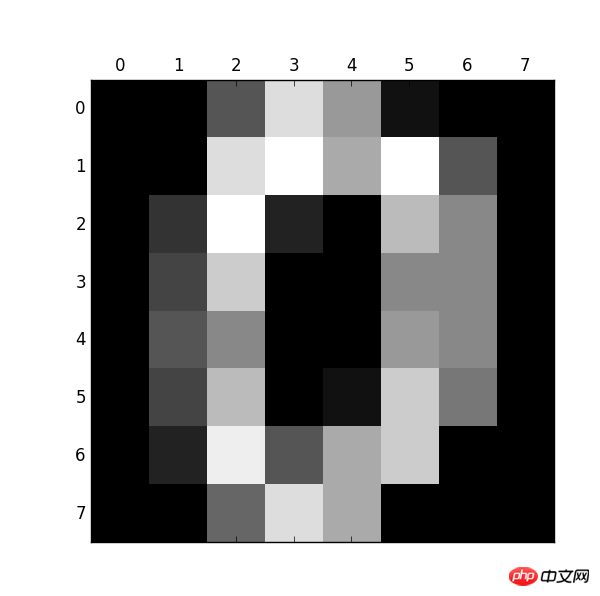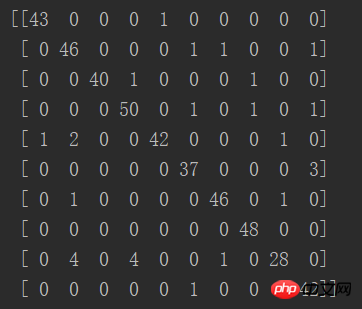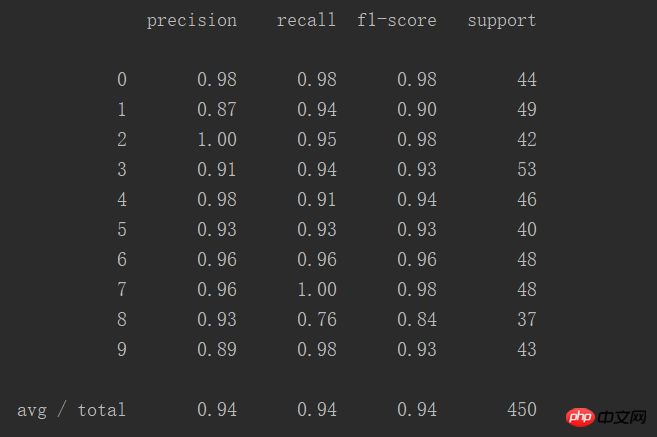這篇文章主要為大家詳細介紹了Python實現神經網路(BP)演算法及簡單應用,具有一定的參考價值,有興趣的小夥伴們可以參考一下
本文實例為大家分享了Python實作神經網路演算法及應用的具體程式碼,供大家參考,具體內容如下
首先用Python實作簡單地神經網路演算法:
import numpy as np
# 定义tanh函数
def tanh(x):
return np.tanh(x)
# tanh函数的导数
def tan_deriv(x):
return 1.0 - np.tanh(x) * np.tan(x)
# sigmoid函数
def logistic(x):
return 1 / (1 + np.exp(-x))
# sigmoid函数的导数
def logistic_derivative(x):
return logistic(x) * (1 - logistic(x))
class NeuralNetwork:
def __init__(self, layers, activation='tanh'):
"""
神经网络算法构造函数
:param layers: 神经元层数
:param activation: 使用的函数(默认tanh函数)
:return:none
"""
if activation == 'logistic':
self.activation = logistic
self.activation_deriv = logistic_derivative
elif activation == 'tanh':
self.activation = tanh
self.activation_deriv = tan_deriv
# 权重列表
self.weights = []
# 初始化权重(随机)
for i in range(1, len(layers) - 1):
self.weights.append((2 * np.random.random((layers[i - 1] + 1, layers[i] + 1)) - 1) * 0.25)
self.weights.append((2 * np.random.random((layers[i] + 1, layers[i + 1])) - 1) * 0.25)
def fit(self, X, y, learning_rate=0.2, epochs=10000):
"""
训练神经网络
:param X: 数据集(通常是二维)
:param y: 分类标记
:param learning_rate: 学习率(默认0.2)
:param epochs: 训练次数(最大循环次数,默认10000)
:return: none
"""
# 确保数据集是二维的
X = np.atleast_2d(X)
temp = np.ones([X.shape[0], X.shape[1] + 1])
temp[:, 0: -1] = X
X = temp
y = np.array(y)
for k in range(epochs):
# 随机抽取X的一行
i = np.random.randint(X.shape[0])
# 用随机抽取的这一组数据对神经网络更新
a = [X[i]]
# 正向更新
for l in range(len(self.weights)):
a.append(self.activation(np.dot(a[l], self.weights[l])))
error = y[i] - a[-1]
deltas = [error * self.activation_deriv(a[-1])]
# 反向更新
for l in range(len(a) - 2, 0, -1):
deltas.append(deltas[-1].dot(self.weights[l].T) * self.activation_deriv(a[l]))
deltas.reverse()
for i in range(len(self.weights)):
layer = np.atleast_2d(a[i])
delta = np.atleast_2d(deltas[i])
self.weights[i] += learning_rate * layer.T.dot(delta)
def predict(self, x):
x = np.array(x)
temp = np.ones(x.shape[0] + 1)
temp[0:-1] = x
a = temp
for l in range(0, len(self.weights)):
a = self.activation(np.dot(a, self.weights[l]))
return a#使用自己定義的神經網路演算法實現一些簡單的功能:
小案例:
X: Y# 1
# 1 0 1
1 1 為接近1
第二個範例:辨識圖片中的數字
from NN.NeuralNetwork import NeuralNetwork import numpy as np nn = NeuralNetwork([2, 2, 1], 'tanh') temp = [[0, 0], [0, 1], [1, 0], [1, 1]] X = np.array(temp) y = np.array([0, 1, 1, 0]) nn.fit(X, y) for i in temp: print(i, nn.predict(i))
 # 觀察下:大小:(1797, 64)
# 觀察下:大小:(1797, 64)
數字0
#接下來的程式碼是識別它們:from sklearn.datasets import load_digits import pylab as pl digits = load_digits() print(digits.data.shape) pl.gray() pl.matshow(digits.images[0]) pl.show()

這張表更直觀地顯示出預測正確率:
共450個案例,成功率94%
##相關推薦:
kNN演算法python實作和簡單數字辨識的方法

以上是神經網路(BP)演算法Python實作及應用的詳細內容。更多資訊請關注PHP中文網其他相關文章!




